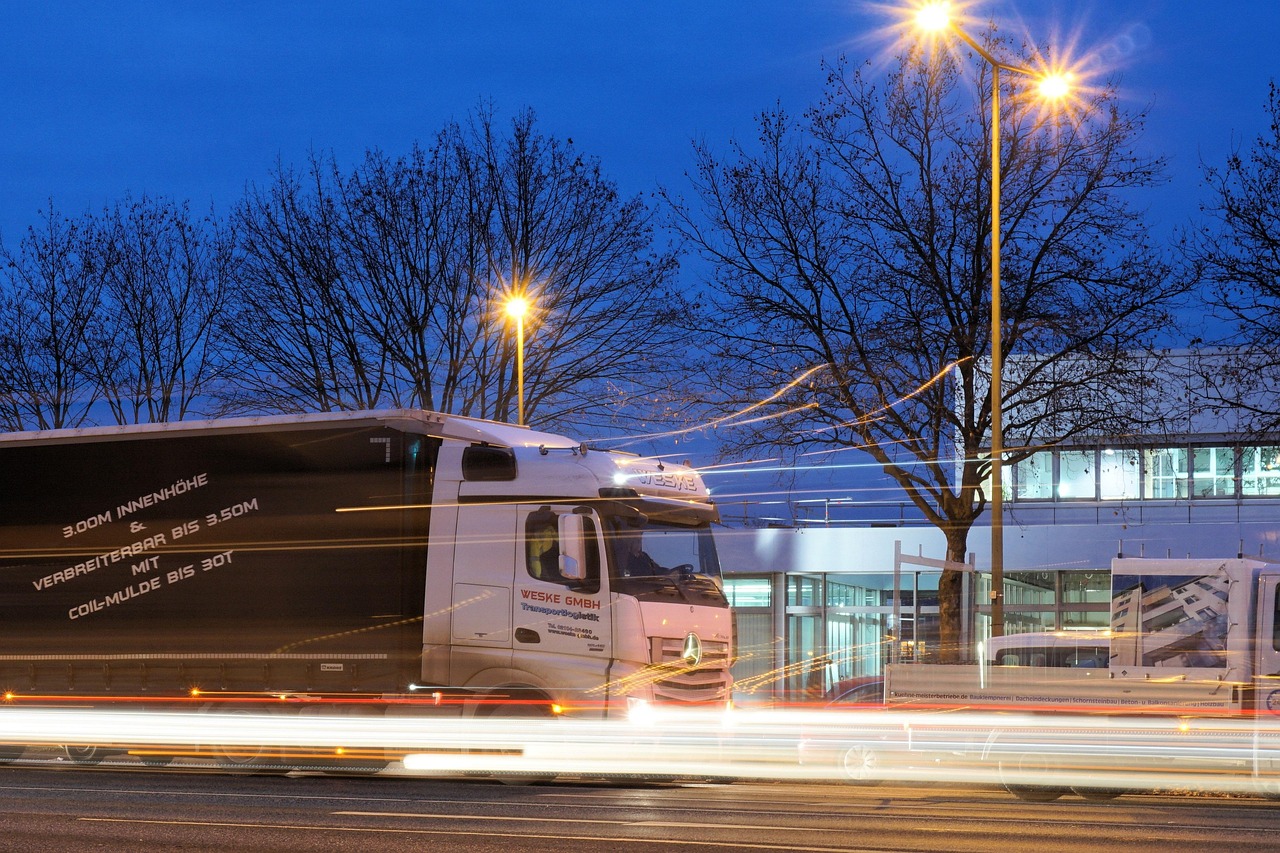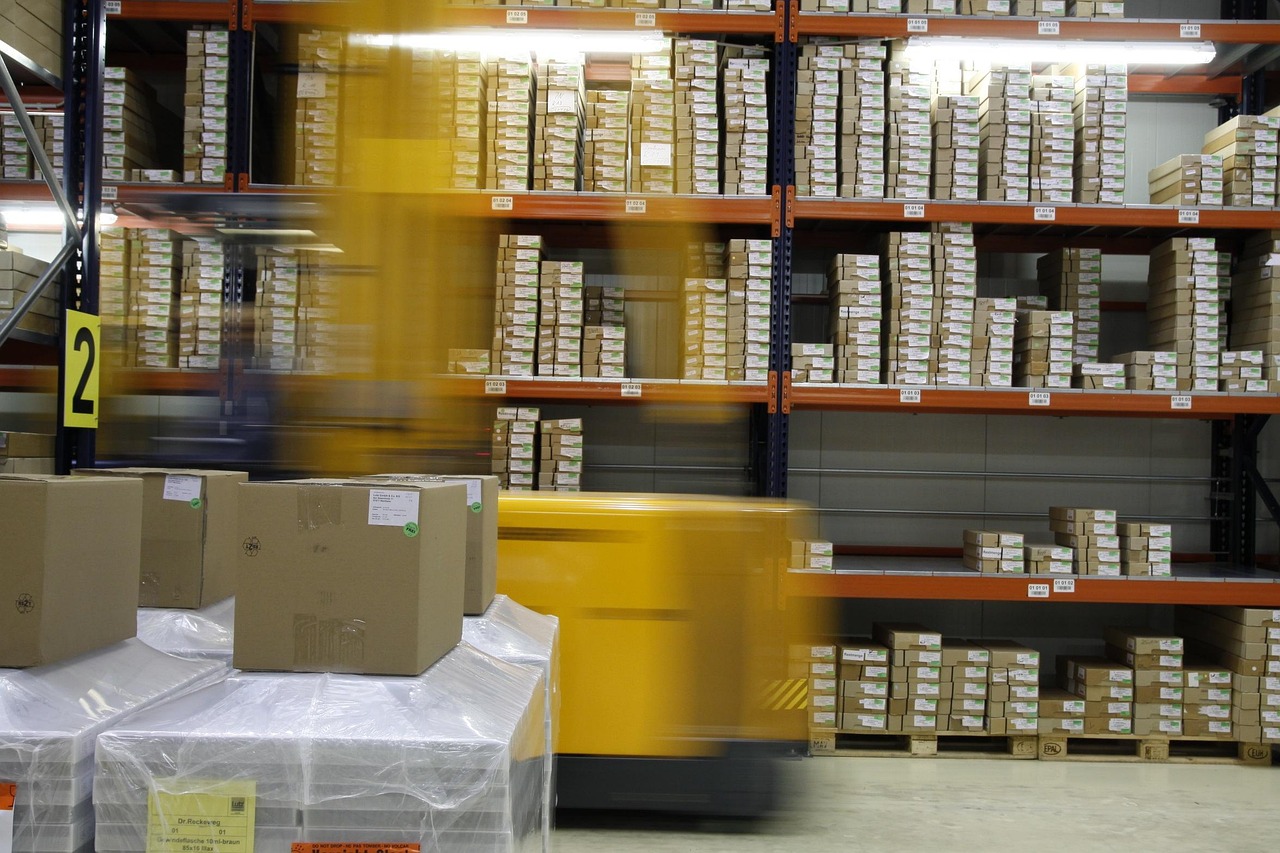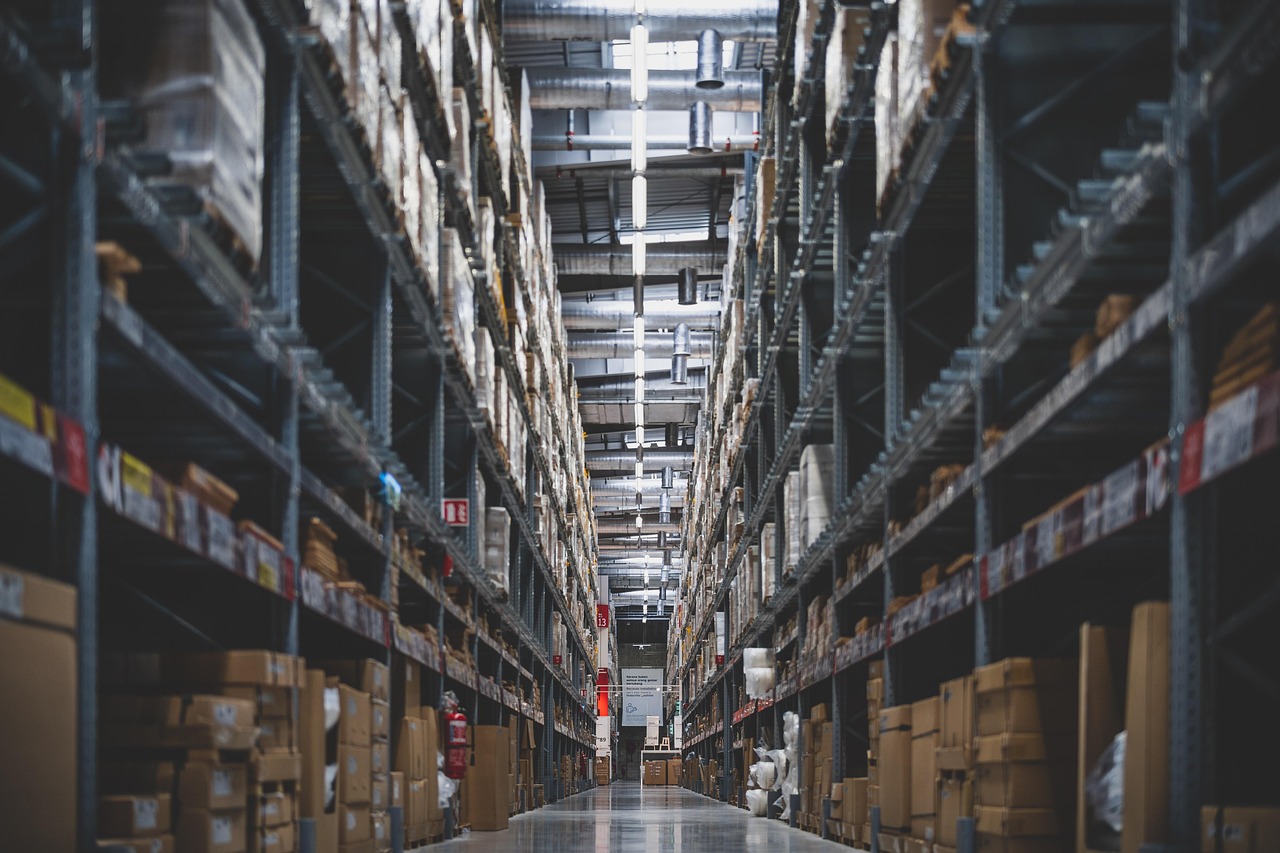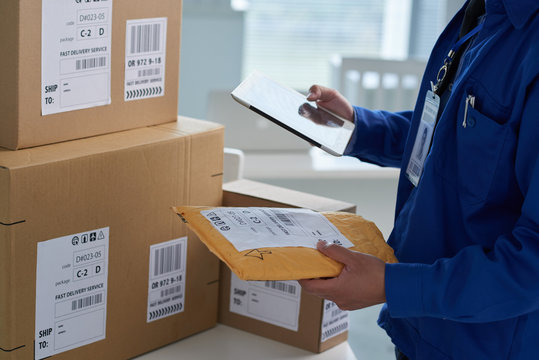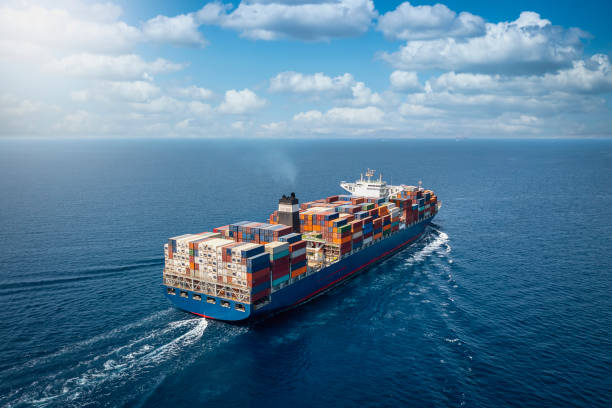Estimated reading time: 9 Min
Lockers intelligent Have you ever heard of them? The evolution in the area logistics It doesn't stop, every day we find new solutions for ecommerce What do they seek to do with the online sales, a much more efficient and satisfying shopping experience.
To talk about the topic, we interviewed at eCommerce in Cubbo to Jorge Chávez, expert in logistics solutions for ecommerce and Co-Founder of Lok, a technology company focused on redefining the logistics landscape of Last mile in Mexico, through the network of Lockers largest intelligent in the country.
Don't miss this article! Learn how they work Smart lockers, challenges of ecommerce in Mexico and Latin America, the benefits of being customer centric, what is the E-commerce, The future of logistics in e-commerce and much more.
Let's get started...
What do you consider to be the biggest e-commerce challenges in Latin America?
“The main challenge is banking, in Mexico we are among the lowest percentages in all of Latin America (37%), compared to countries with similar growth and industries, this is one of our main limitations (in Colombia, for example, banking exceeds 80%). In addition to this, another aspect that impacts me is the percentage of the population whose credit card is saturated or at the limit of the quota.”
“Not only do we have people who are not banked, but we also have a large number of cardholders who, even if they have this payment method, cannot use it; which is an enormous limitation for ecommerce, leading many online stores to diversify their payment methods, considering cash as an option”.
“The second challenge is Mexican culture. We come from a culture where we like to see things, touch them, measure them, go to the store, because we distrust the quality of the product; something that during 2020 had to change overnight, as we found ourselves in front of shopping centers and closed stores, where, in many cases, the only channel enabled to buy was the online”.
“This is how the common denominator of buyers, who were between 20 and 40 years old, began to include populations between 60 and 70 years old, who began to buy in ecommerce from supermarket products to purchases of all categories. 2020 was that impetus that needed the electronic commerce for greater reach, let's hope that over the next few years this growth will continue.”
Speaking of temporality, what is the biggest challenge when facing a peak of high demand in ecommerce?
“Within the ecosystem of ecommerce, for me the biggest challenge is the logistics chain, where the Last mile is usually the most complicated. In Latin America and especially in Mexico, we have a logistics chain important and robust, it is an industry that has been in the market for a long time, however, it is not as flexible compared to sectors such as ecommerce, and since it cannot match the speed of growth of the electronic commerce, is starting to be an obstacle. In seasons of high demand, operations are usually saturated and, as a result, delivery times become much longer than what is offered.”
“70% of shipments in Mexico arrive in 2 to 5 days, even so, most ecommerce they offer 24 and 48 hour shipping, so it is the customer who has a bad shopping experience, not receiving their product in the promised time”.

“One of the main areas of opportunity available for seasons of high demand is logistics, where for several years now, new solutions with a technological DNA have been appearing, which are much more flexible and can adapt to this type of peak, such as companies on demand, dedicated transport companies or Fulfillment How Cubbo, which are that solution that the industry needs to meet consumer demand”.
What can we say today about the customer experience?
“Nowadays, it's the buyer who decides where, when and how they want things, and if you're not up to their standards, you're left out. In this case, something that is happening is that the consumer who wants everything quickly is being segregated and they are not realizing that, in reality, what is needed in a range of options for the buyer”.
“You can have customers for everything: you have the one who wants it to arrive today, the one who expects their product tomorrow, the one who doesn't care if it arrives in 3 days and the one who doesn't care if it receives it 8 days later. What factors affect these preferences? The price.”
“You can have a user who is buying a product for $200 pesos, if you deliver it to them in 8 days but the shipping is free, they will buy it for you, you can also find the customer who buys a product for $300 pesos, who needs it today and will pay you what they have to pay to have the product at that time.”
Also read: Ecommerce, sales strategies based on Behavioral Science
“The big deal is on the customer who wants everything fast and with free shipping, but the ecommerce it is so diverse that there is something for everyone. What happens if you offer the buyer a range of possibilities? I think that is the future, not the fastest, but having options for everyone, because fortunately we are not the same and everyone has different needs, tastes and ways of buying, this I think, is the root of everything”.

What is e-commerce and how is it related to Lok?
“It's a term that I basically use to describe what we are experiencing in the consumer part, where we are all customer centric, we are focused on the customer and everything revolves around the customer, which is very positive, but it makes the user increasingly demanding, having both the ecommerce Like the industry logistics to adapt to their demands”.
“Based on this, Lok was born to address those needs that both ecommerce such as retail to meet user demands, considering aspects such as omnichannel strategies that are becoming more and more robust and thanks to which, it is possible to offer consumers different possibilities that did not exist before”.
“Today you can buy a product online and it can arrive at your house in x time or you can pick it up at the store in 2 to 4 hours. Many times the user prefers to go for their product because it is faster, cheaper or more convenient for them. Implementing digital transformation in click and collect, with different delivery and return points, is vital today.”
“This is where Lok intervenes, in replacing the traditional click and collect (where there were people waiting at a counter and you had to wait while they were looking for your order with a ticket) with the automated one, where basically a QR code on your cell phone notifies you when the product is already inside a Locker, you arrive at the place, scan, pick up your order and leave.”
“These types of mechanisms allow the collection process to be generated in seconds and avoid the issue of interaction between people, something that has taken on great importance in the new normal.”

What percentage of buyers prefer this delivery method?
“Between 30 and 35% of customers who buy online, request in-store pickup, due to time, cost, etc., a figure that is increasing; the end user is looking, out of need or pleasure, for the delivery of their product to different locations, those that are left on their way to work, or where they are going to buy their food. In addition, being in a network of intelligent lockers, you know that your purchase will be safe, secure and will not be damaged while you pick it up.”
“In these places, the user can also make their returns, helping to make the issue of reverse logistics more efficient, a headache that has always occurred in the ecommerce, where the buyer usually has very few options to return the product”.
“The Lockers they are not only an intelligent delivery point but also an intelligent return point, where the user has different options that fit their needs and make the process more convenient. This is the solution that Lok provides to retail channels and ecommerce full players”.
What are the benefits of being inside a system of intelligent lockers like Lok?
* “In the retail part, in automated click and collect, 49% of customers who request in-store pickup buy something else when they go for the product, that is, buying in stores increases”.
* “When the customer picks up their product, there is a reduction in operating costs in retail of almost 30%. By not shipping, last-mile distribution costs are saved.”

* “So much for the ecommerce as for retailers, the cart abandonment rate decreases by 18% when they provide the customer with different delivery options”.
* “In the ecommerce, offering a delivery point reduces the cost of distribution by 10 to 15%.”
* “It allows carriers to make consolidated deliveries, taking 6 orders to different houses is not the same as delivering this same number of products to a single location. A route of Lockers can move 3 times more packages in half kilometers, increasing operational efficiency.”
* “In environmental terms, reductions of 35 to 70% in CO2 emissions are achieved by having more efficient distribution routes.”
How has smart lockers been implemented in Mexico and other countries?
“This system was established in Asia and Europe 10 years ago, in Mexico it is relatively new; here we have a mixed network: on the one hand, a network of Lockers private for customers who use them for the delivery and delivery of only their products; and shared lockers, installed in different locations so that any ecommerce or carrier can use them as a delivery and return point”.
“There are European companies that have more than 10,000 points installed in countries whose size is 1/4 of that of Mexico and have half of their population. In places like China, we find companies that have more than 100,000 Lockers installed throughout its territory, where this solution emerged to avoid the saturation of logistics operations”.
“The system of Smart lockers In Mexico it is growing, we are in a process of evangelization, of publicizing how its implementation occurs and accompanying the end user, where so far, we have obtained very good results. Within the data we have, the use of Smart lockers the shopping experience for the customers of our partner companies has improved by 20%.”

How has Lok's collaboration with the carriers been?
“At Lok, we began to make alliances with carriers that had the same technological DNA as us, to offer not only delivery points, but also the collection of the product in the warehouse to take it to Locker, that's where he was born Lok Logistics, a more complete solution for ecommerce”.
How do you see the future of logistics?
“In the medium and long term we are going to find more techno-logistics solutions in the market, delivery with drones, with autonomous vehicles, people Lockers, artificial intelligence, more advanced geolocation, etc., initiatives with a greater technological component, where if the industry logistics in general it is not making progress in its digital transformation, it will not be able to compete”.

Also read: Ecommerce Trends: What can we expect in 2022?
What are those 3 winning tips that generate a high impact on ecommerce?
* “Implement technological solutions in the part logistics, where you can be efficient in terms of costs and operational processes.”
* “In the customer experience, to have a range of possibilities for customers, both in terms of product and in terms of shipping and payment options”.
* “Have a robust platform that meets the needs, from which you can get the most out of”.
3 things that happen today that won't happen in the future?
* “That the product arrives sooner or later than promised, logistics companies and ecommerce are struggling to have increasingly accurate delivery times.”
* “That you don't know exactly where the product is. Today you know it's en route or it left the warehouse, but in the future, you'll be able to see where it is in real time.”
* “Not having a single product or shipping option but multiple alternatives”.
One of the main areas of opportunity for seasons of high demand is logistics, where for several years new solutions with a technological DNA have been appearing, which are much more flexible and can adapt to this type of peak, such as companies on demand, dedicated transport companies or fulfillment in Mexico City, which are that solution that the industry needs to meet consumer demand
Being at the forefront and evolving as the sector does, must be an objective in your ecommerce, where one of the key points is the optimization of your delivery service. If you are looking for an ally to help you manage your inventory, improve your shipping process, enhance your compliance and customer satisfaction, don't hesitate to contact us, we are the best fulfillment center for ecommerce in Mexico and Colombia, You Just Have to Click Here.


